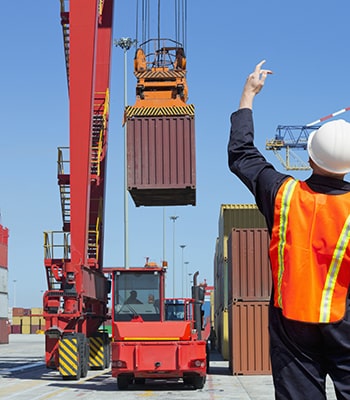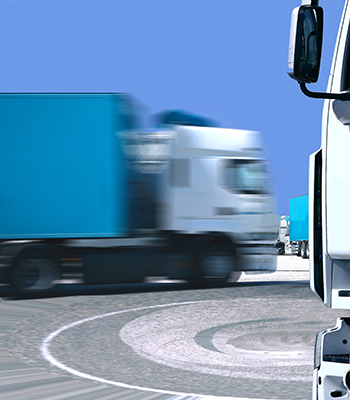Products such as meat and fish have to be inspected by the Netherlands Food and Consumer Product Safety Authority (Nederlandse Voedsel en Waren Autoriteit, NVWA) at the first point of entry in the EU. Continue reading about how it works and how we can be of assistance.
Veterinary goods
The majority of veterinary goods must be inspected on entry into the EU. This means that an application for inspection needs to be made in addition to the import declaration. SGS Maco helps you to navigate this process by assessing your documents to prevent customs finding any shortcomings during inspection. Together with our partners at the port, we also ensure that customs declarations, inspections, gas measurements, and internal transport run smoothly, so that you have access to your goods as quickly as possible. Examples of veterinary goods include meat and fish products, dog food, cat food, horns and skulls for interior design, and food such as spices (e.g. ground chillies), or kitchen equipment from China made from melamine and polyamide plastic.





